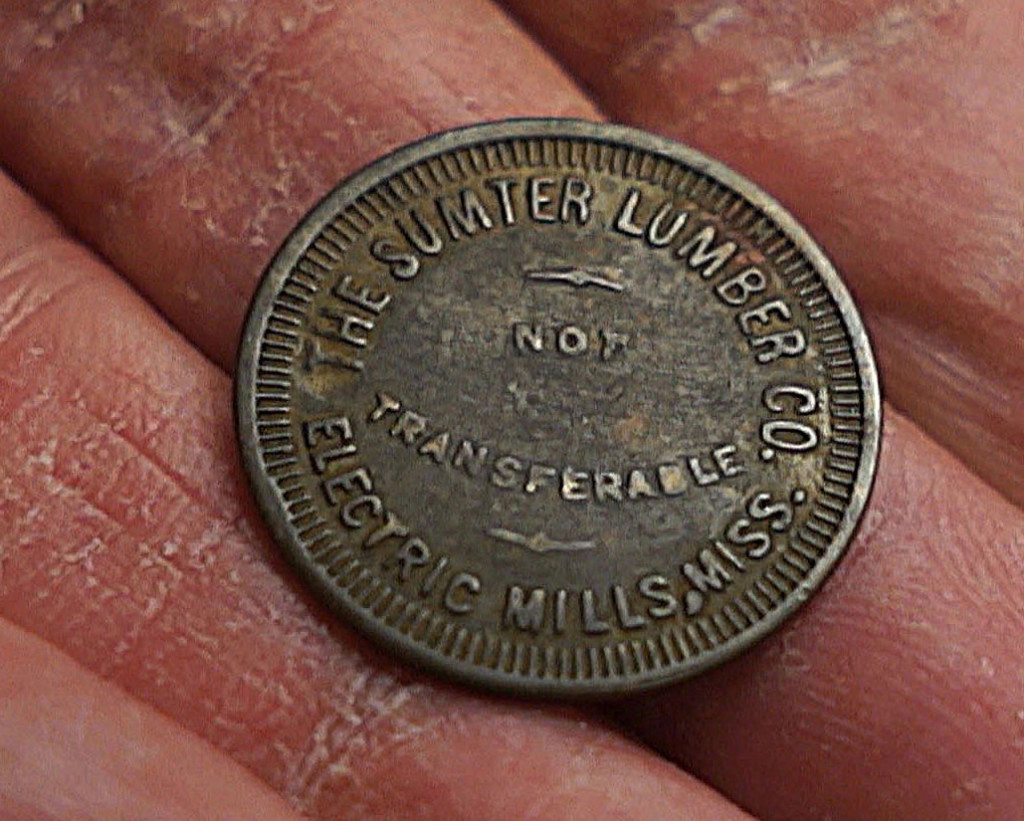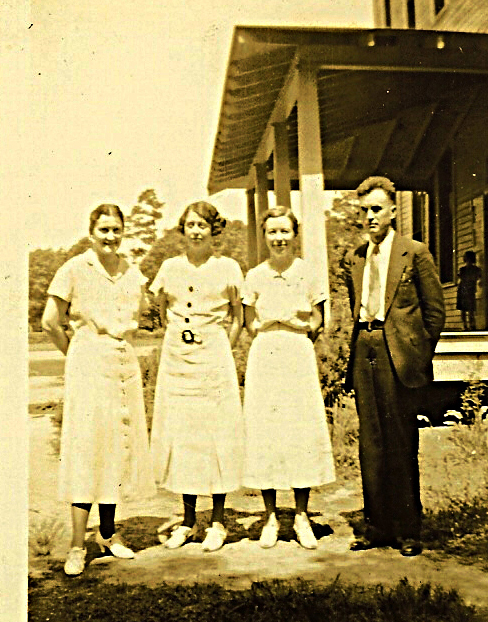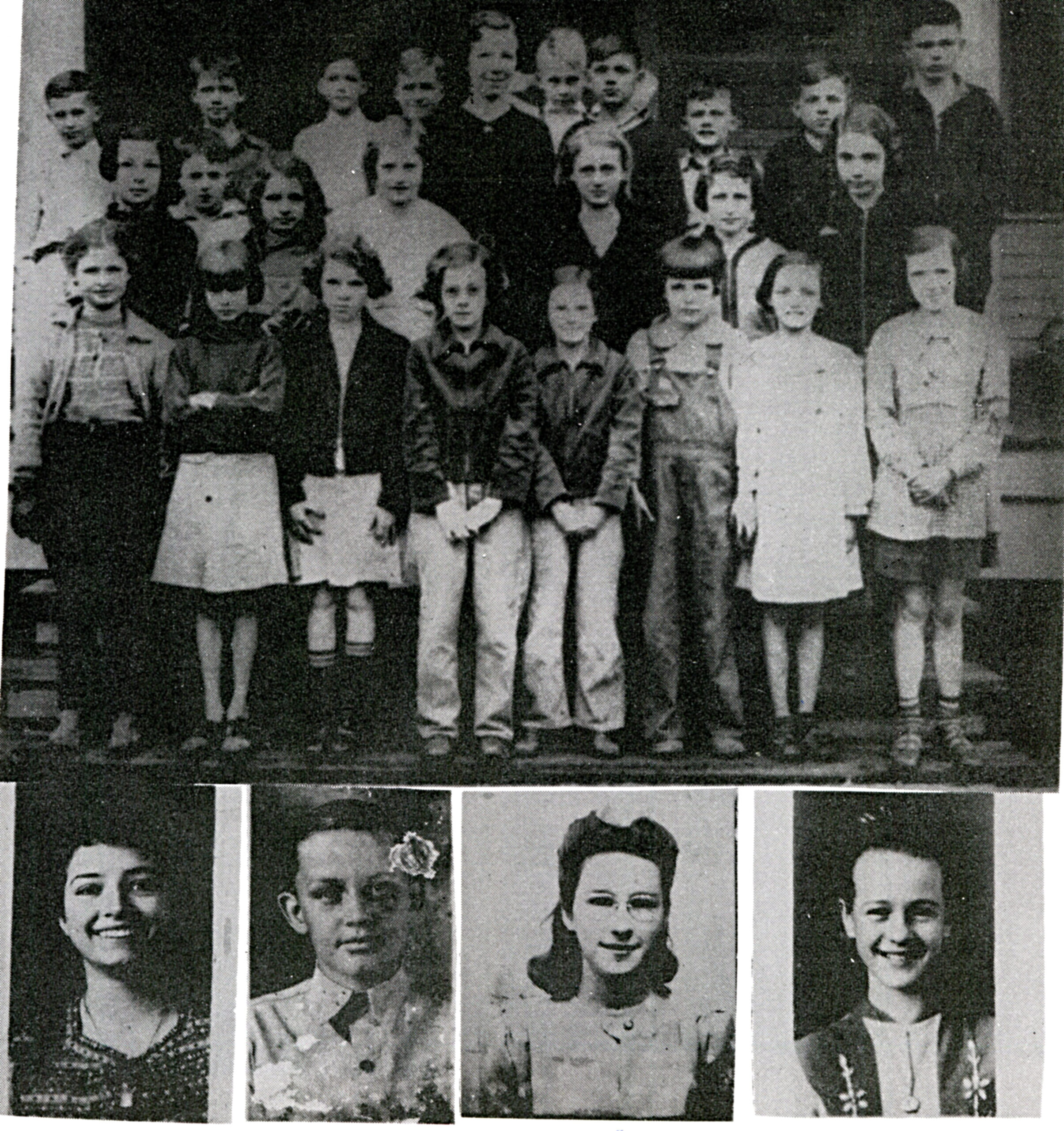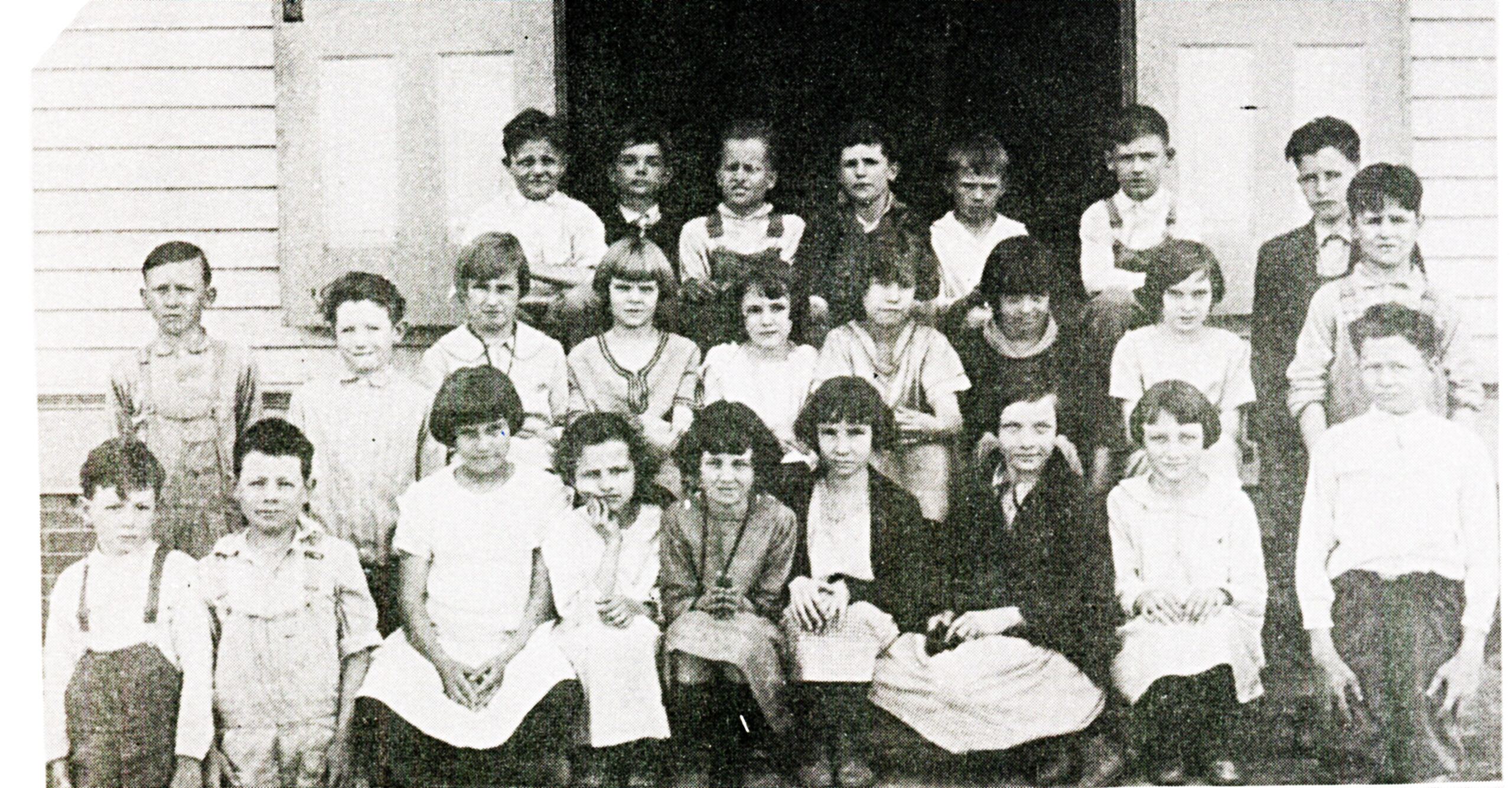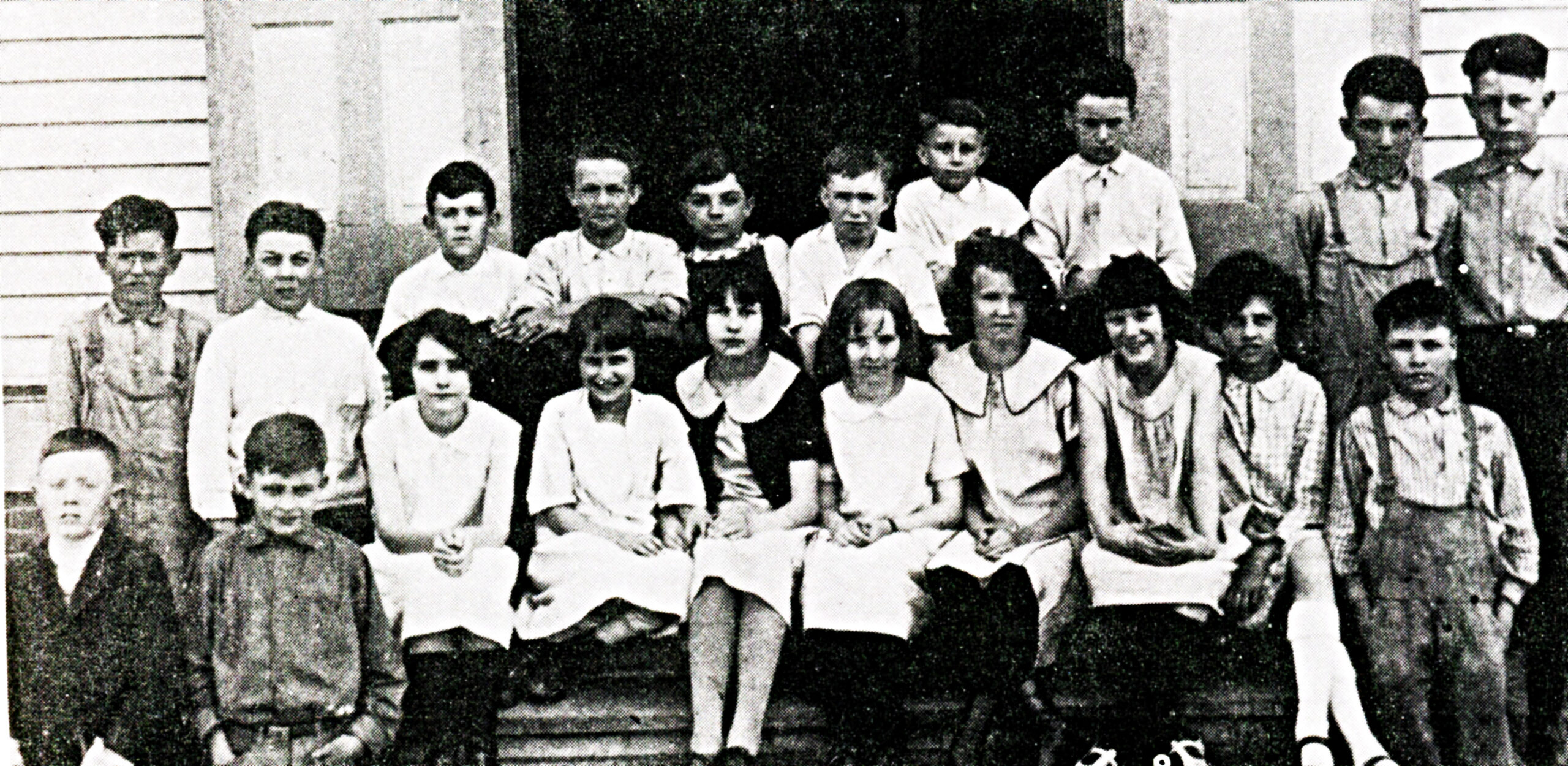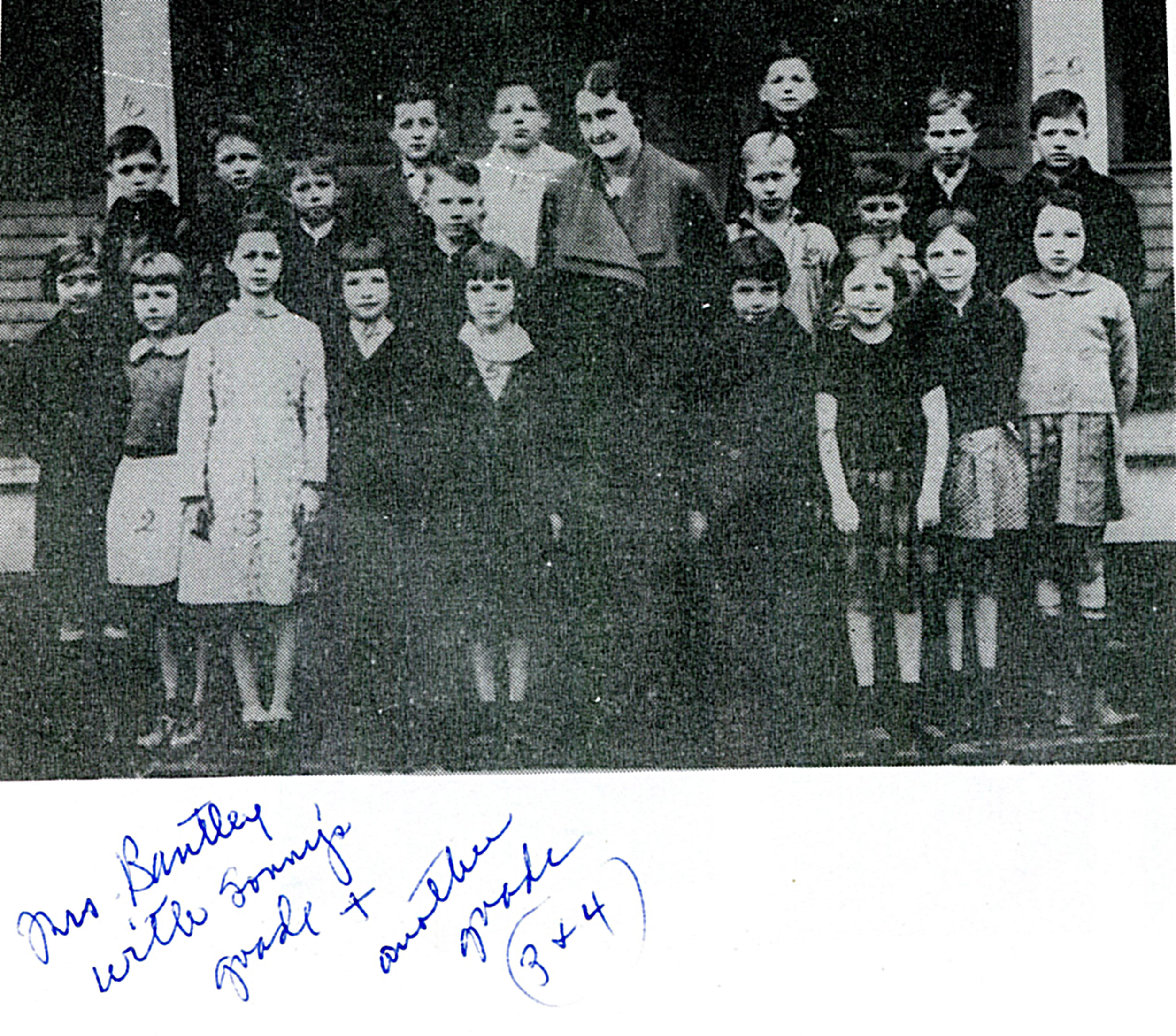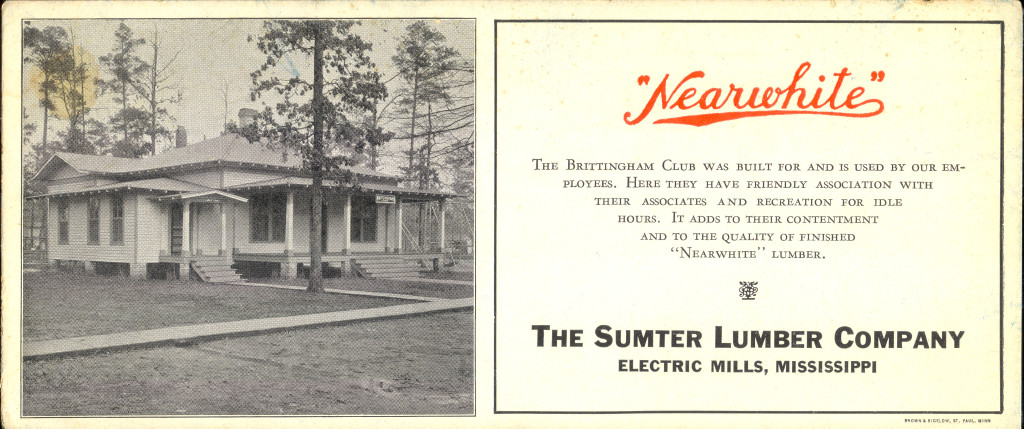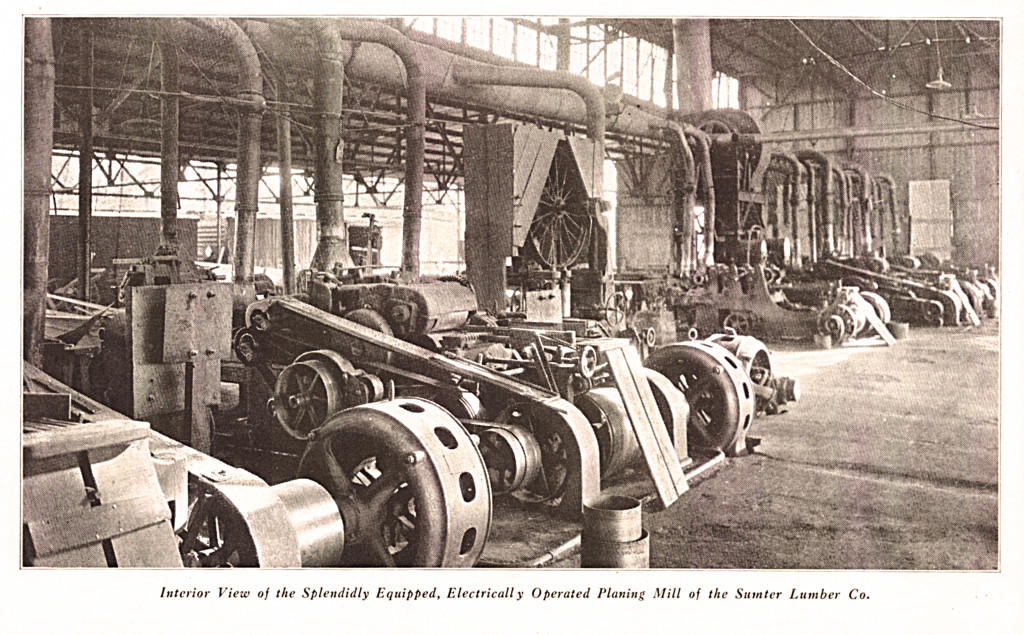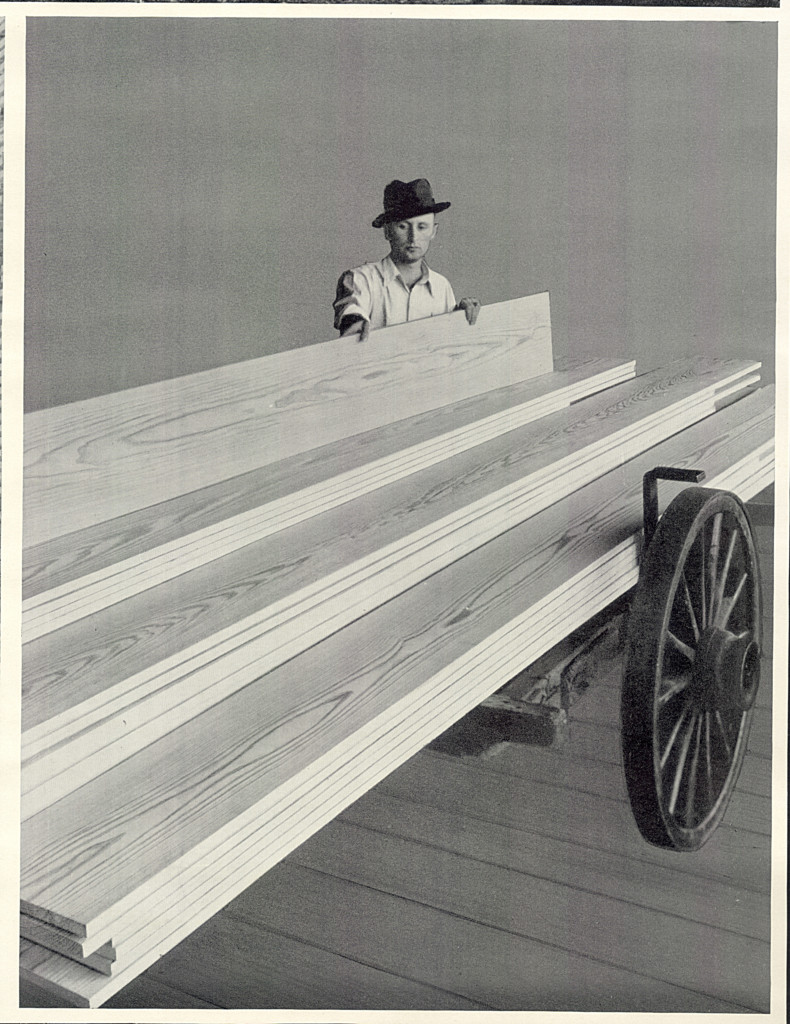Uncategorized
The Commissary at Electric Mills
The mercantile department was a general store that stocked groceries, feed, hardware, drugs, undertaking supplies, mill supplies, dry goods, and a jewelry department.

The commissary sold dry goods, groceries, and hardware. It also housed the post office, pharmacy, and sandwich shop.
Picture provided by Mr. H. T. Jarvis
The Doo-ga-loo
Mr. Grady May reported that the company used U. S. money called "main line"; company brass called doo-ga-loo; company time cards, and sales tax tokens.
Mrs. E. A. Temple said that the doo-ga-loo was used instead of real money because of safety precautions due to the large volume of money that would have to be handled in the mill. Every two weeks the employees could cash their “doogs” in on silver dollars which were brought in on the trains by armed guards.”
Thanks to Mr. Richard Barge of Macon, MS who provided the doo-ga-loo for the picture.
The Masonic Lodge
The School at Electric Mills, Mississippi
The Sumter Lumber Company Office
Nearwhite was the company trademark
The Brightest City South of St. Louis
The name of the town was changed to Electric Mills because of the uniqueness of this new lumber manufacturing process. The slabs, sawdust, planning mill chips and other waste had to be disposed of, so the production engineers decided to fire a boiler with them to produce steam to power the electrical generators.
The electric generating plant ran continuously, the electricity was free to the employees, so no one ever bothered to turn off a light. One news correspondent wrote that EM was the brightest city south of Saint Louis.

